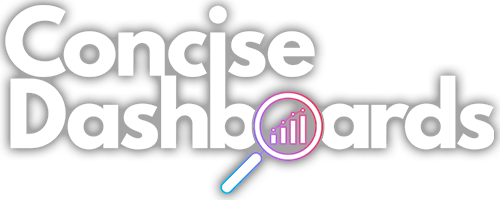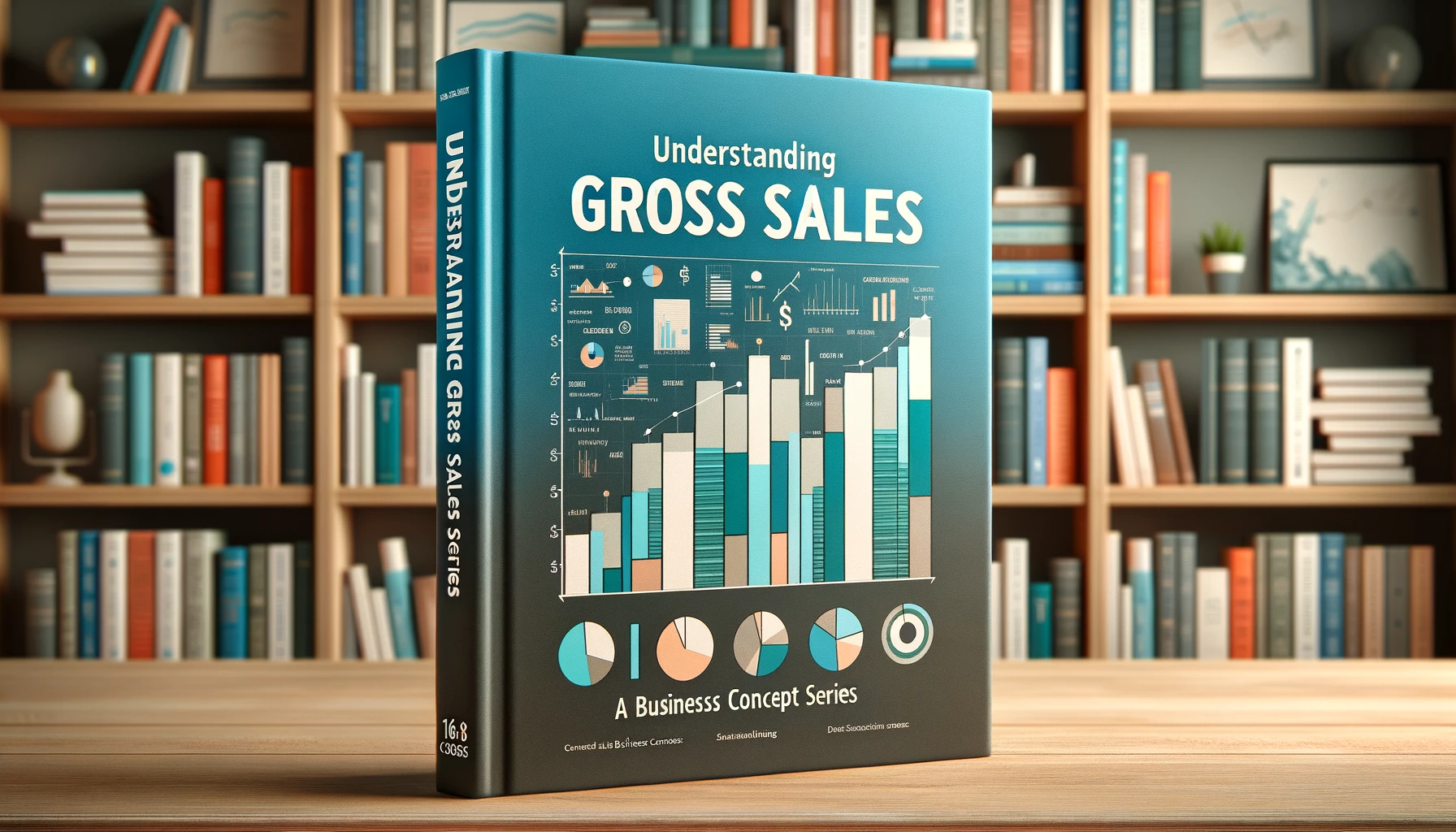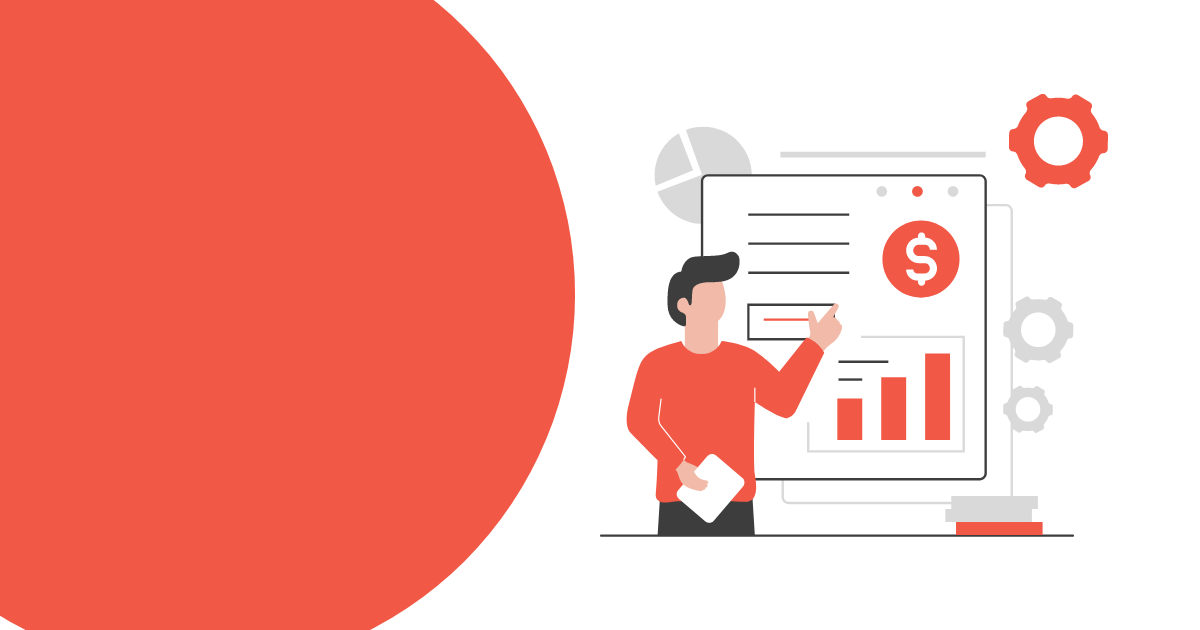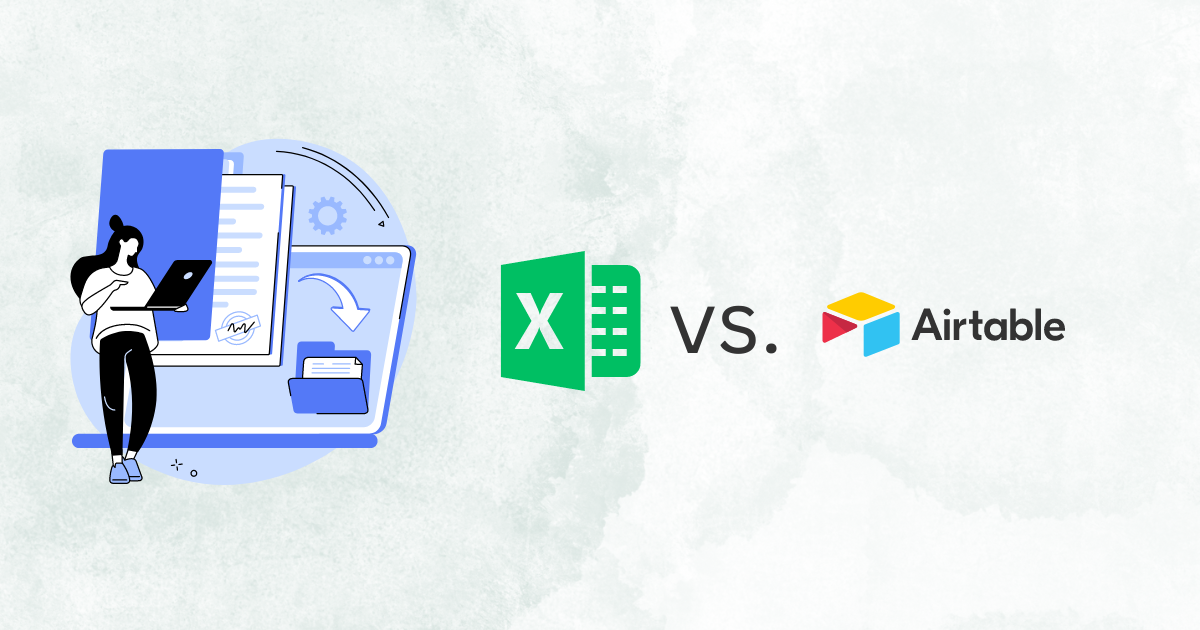Maximizing Your Data Analytics Investment: How to Get the Most Out of Your Analytics Tools
What to Expect
If you're looking to unlock the potential of your business and gain a competitive edge over your competition? If so, then data analytics is the secret weapon you've been looking for. Don't worry if you're new to the data game - we're here to help. In this blog post, we'll walk you through some practical tips on selecting the best analytics tools for the job, how to set them up properly, and ultimately how to use your new data pipeline to make data-driven decisions that grow your business. Enough talking, let's dive right in.
Assessing Your Data Analytics Needs
Before diving into the details, let's figure out what you really need from data analytics. Think about your business goals, like boosting revenue, reducing costs, or enhancing customer satisfaction. Let's focus on one of these goals—increasing revenue—and break it down into manageable, actionable steps.
Imagine you own a small bakery. Your primary revenue streams are sales of baked goods, custom cake orders, and catering events. You set specific growth targets for each revenue stream, like increasing baked goods sales by 15% or growing catering orders by 25% over the next year. Then, break down these targets into smaller objectives, such as acquiring 5 new catering clients per month or raising the average custom cake order value by 10%. Finally, identify key performance indicators (KPIs) that align with these objectives and establish a tracking and reporting system to monitor your progress.
Notice how we didn't stop at the basic goal, like increasing revenue. Instead, you need to keep going deeper until going deeper doesn't provide you with any additional insights that you'd be able to track, and thus take action on. By breaking down your goal of increasing revenue into smaller objectives and determining the best ways to track progress, you'll have a clearer picture of your data analytics needs.
Tips and Best Practices: As you assess your data analytics needs, make sure to involve key stakeholders from various departments in your business. This will help you get a comprehensive understanding of the data required for informed decision-making. Additionally, prioritize your goals and start with the most pressing ones, as this will help you see the impact of data analytics more quickly and motivate you to continue investing in it.
Choosing the Right Analytics Tools
This might not seem like a crucial step in the process if you're not familiar with data collection, analysis, and visualization. But whatever tools you choose will come with their own benefits, and their own shortcomings. By properly laying out your objectives like we discussed above, you'll be able to figure out what benefits you need, and what shortcomings are deal breakers. Let's take a look at some of the more popular tools for different tasks that you'll likely be doing as you begin the analytics journey within your business.
Website Analytics
Google Analytics 4: GA4 is the new go-to for tracking website analytics, such as traffic acquisition, user behavior, and conversions. It's free, and for most businesses, it'll the the perfect place for you to start collecting some data that can help you make decisions down the road. This is installed on your site by just copying and pasting a small snippet of code.
Google Tag Manager: This is a little bit different than Google Analytics, but they go hand-in-hand. GTM, as it's often referred to, is the preferred method of setting up the events that will be tracked in your Google Analytics property. You can also easily install things like your Facebook Pixel using GTM. It really is a win-win, that allows you to customize your GA4 implementation without needing to know how to code, or even really understanding how the code on your website works. Like GA4, you install this with just some copy and pasting. This is where it's advantage really kicks in. As mentioned, you can install the Facebook Pixel through this. So rather than having multiple tags you need to put on your site, you just add it into your tag manager which is already there and it'll start tracking events as soon as you publish your new GTM container.
Data Visualization Platforms
This section covers some of the more popular data visualization tools. For more complicated analyses, you may need to "pre-process" your data to prepare it to go into these visualizations. I've left that section below this one, because you can start with some basic visualizations without needing to do any additional work.
Google Looker Studio: Formerly Data Studio, Looker Studio is a free visualization software that is provided by Google. This is definitely the most basic platform, but for most cases it can be an excellent way to get started without spending any money, or spending tens of hours figuring out how to make a basic table. It natively connects to all Google products (like GA4, Search Console, and BigQuery), so you don't need to worry about additional investment to visualize your website analytics. Note: There are issues with quota limits if you use a lot of visualizations. These occur on the GA4 side of things, so it's not a unique problem with Looker Studio. There are ways around this, and if you want to know more, feel free to contact us and we'll help you get it squared away.
Tableau: One of the most popular data visualization tools on the market, Tableau excels at creating professional dashboards and provides it's users with a lot of flexibility to make their dashboards look exactly as they want them to. I would throw this in the "moderate investment" category, as there is a cost associated with it. Unfortunately, the pricing structure can be a little confusing at first if you're looking to get multiple licenses for different stakeholders in your company.
PowerBI: A fantastic data visualization tool, particularly for the Microsoft enthusiasts out there. With an Excel-type of feel, the layout and customization options are robust and shouldn't have too steep of a learning curve if you're using Microsoft products on a daily basis. With seamless integration into the Microsoft suite of tools, there are a wealth of features for businesses of all sizes.
Fully Custom-Coded: This is the most expensive option we covered, but also the most flexible. With custom-coded dashboards, you're able to take any vision you have and bring it to life for a fully unique approach to analyzing your business data. We do all of our custom dashboards using R as the backend (using the Rhino framework within Shiny). If you're looking to go this route, let us know and we'll help you figure out if this is the right direction for your business.
Bonus
While they don't fall squarely into "visualization" tools, Automated Reporting tools can be an excellent way to get a quick snapshot at your business every day, week, month, or whenever you see fit. With the ability to be integrated into your existing project management software (Hive, Asana, Slack, etc.), you can make sure that you get all the insights you need in the place where you're already spending a lot of your time.
Statistical Programming Languages
The section heading sounds scary, I know. Part of that is intentional, as this is something that isn't required as you're just getting started in your analytics journey. Once you hit a wall and are unable to figure out how to structure or analyze your data to answer a particular question, then it's time to turn to the more powerful tools.
R: As an R developer myself, I am partial to R. A massively flexible language that allows for clean code, advanced statistical techniques, and is focused around helping you get the most around your data. As a statistical language first, it does that and it does it extremely well.
Python: A much more flexible language than R, Python has some wonderful capabilites, particularly when it comes to scaling advanced machine learning models.
Tips and Best Practices
When choosing your various analytics tools, consider starting with a free trial to test its functionality and compatibility with your business before committing yourself to a subscription. For most people, it could be wise to start with the free options, even if you think you'll ultimately end up transitioning to a paid tool. This will help you get an idea of why that free tool isn't able to meet all of your needs, and may even surprise you by showing you that it can. It will also help you get a better understanding of what really matters when measuring and analyzing the data within your business, and what you can live without.
When opting for a paid tool, try to take a look at their documentation before moving forward with any purchase. Make sure that there is extensive documentation, so if you come across something you don't know how to do, there will either be tutorials or a community that will help you troubleshoot as issues arise.
Setting Up Analytics Tools Properly
Now that you've picked your tools and are ready to get going, it's important to take a step back and make sure you set everything up properly. Accurate data tracking, implementing custom tracking parameters, and regularly monitoring performance will make sure that you can extract the most valuable insights to fuel the growth of your business. Each tool will have it's own instructions, and because of that, we won't dive too much into the details here. Instead, be sure to read through each of the tools instructions, watch tutorials, or reach out to us for a free consultation so we can help get you on the right path.
Tips and Best Practices: Set up test environments whenever possible. This will allow you to experiment with the analytics tool before putting it on your live site. If, for whatever reason, things weren't set up correctly and could break your site, you would want to make sure that happens in a test environment and not on your actual website. All along the way, make sure to document your processes, as this will make it easier to update or troubleshoot down the road, and enable you to ensure consistency across your organization.
Analyzing the Right Data
All of the magic of data analytics can only happen if you're analyzing the right data. Focus on relevant data sources and track KPIs that align with your business goals. As you're getting started, use the data as a tool to answer specific questions, not as a way for you to find new questions to answer. Data visualization tools are your friend here, as they can help you quickly and easily spot trends and patterns in your data.
Remember our bakery example from earlier? Keep your entire process centered around the goals you established, like acquiring new catering clients, or increasing custom cake order values. Don't get distracted tracking irrelevant metrics, hone in on your specific goals and master tracking those first. Once you have a deep understanding of those metrics, you'll be better equipped to expand your analytics portfolio to include additional data points and questions.
Tips and Best Practices: Regularly review and update your KPIs and goals to ensure they remain relevant to your business's evolving needs. Don't be afraid to discard metrics that no longer serve a purpose, or add new ones that better align with the goals of the future. To help with this, scheduling routine data check-ups and analysis sessions can help you maintain a consistent understanding of your businesses performance and make proactive, rather than reactive, data-driven decisions.
Putting it All Together
Maximizing your data analytics investment is essential for success in today's data-centric world. A few wrong investments, and you may think that the analytics side of business just isn't for you. You can avoid those pitfalls by assessing your needs, choosing the right tools, setting them up properly, and analyzing the right data. By doing this, you not only save yourself money by properly investing your analytics budget, but you'll also be able to unlock otherwise hidden insights that can drive your business's growth and profitability.
Looking for help with this? Schedule a Free Consultation Today!





